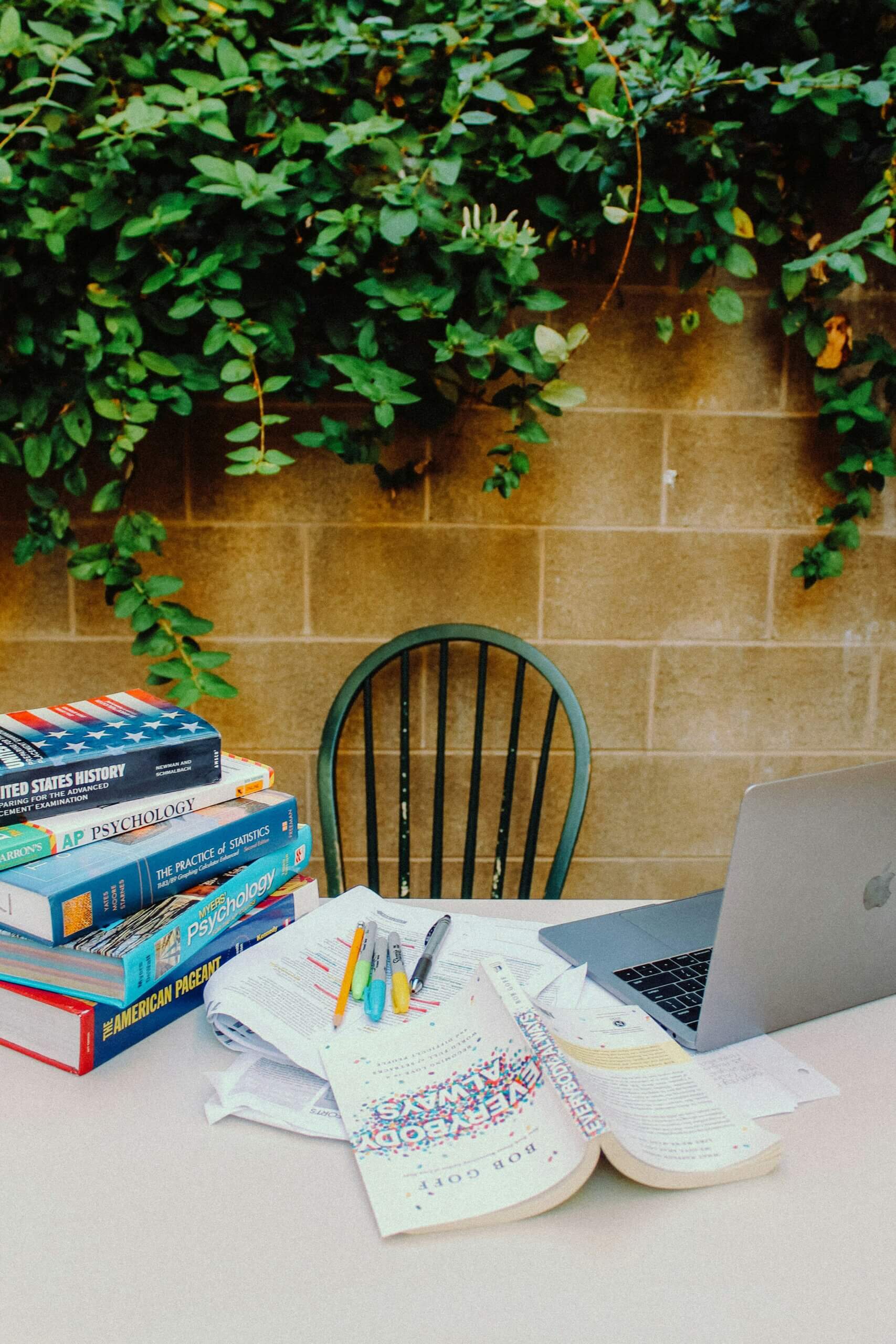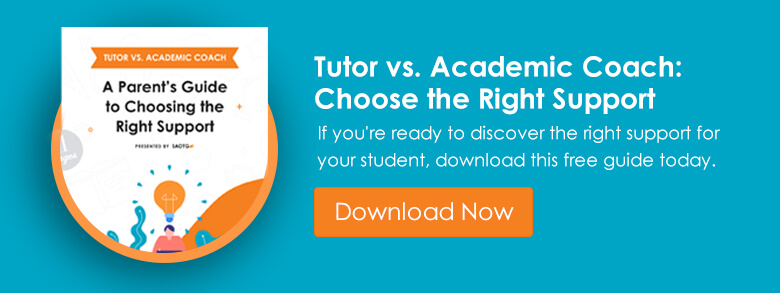The classroom is where learning traditionally happens, but it’s not the only place. Yet not all students resonate with the pace or style of this primary form of education. Thus, it’s crucial for students to learn how to harness the power of “secondary” forms of education—all of the learning tools outside of the classroom. Secondary resources offer supplementary avenues for students to explore and understand academic material. These resources come in various forms, from comprehensive student-made flowcharts on community-driven platforms like Reddit to detailed explanatory videos on YouTube, to interactive challenges on sites like Quizlet or even some clever uses of ChatGPT.
The rise of ed-tech has democratized education, allowing students to take control of their learning journey. With just a few clicks, they can access explanations and interpretations of their course material that may resonate more deeply with their individual learning styles. The digital revolution in education empowers students to complement their classroom experiences with resources that cater to their unique needs, preferences, and schedules.
However, this newfound bounty of educational resources comes with a caveat. The responsibility falls on the student to discern the quality and accuracy of these secondary tools. It’s crucial to approach them with a critical eye, verifying the information against credible academic standards. With this mindful approach, students can harness the power of secondary resources to augment their understanding, personalize their study habits, and ultimately, master the material in preparation for exams. This blog post will guide students on how to effectively leverage these digital assets, ensuring they are used to enhance, rather than confuse, the learning process.
Navigating the Sea of Secondary Education Resources
In today’s digital learning landscape, students are presented with an unparalleled opportunity to enhance their education beyond traditional classroom boundaries. To effectively leverage this wealth of secondary resources, the first step for students is a deep self-reflection to understand their individual learning preferences and needs. Recognizing whether one absorbs information better through visual aids like diagrams and videos, through auditory means like podcasts and lectures, or through kinetic activities like interactive quizzes is essential. This self-awareness is crucial as it dictates the type of secondary resources that will most effectively complement their primary education, making the learning process not just more engaging but also more efficient.
Once students have a clear understanding of their learning style, the next challenge is navigating the vast expanse of the internet to find the right resources. The key is to identify those resources that are reputable and enhance understanding of classroom materials. It’s about quality, not quantity; the goal is to find supplementary materials that clarify and enrich the primary content rather than confuse or contradict it.
By approaching secondary resources with a methodical and discerning eye, students can greatly enrich their learning experience. These supplementary materials, carefully selected and thoughtfully integrated, serve to deepen understanding, foster engagement, and facilitate a more comprehensive grasp of the subject matter. This process, when navigated effectively, not only supplements students’ education but also prepares them for a lifetime of informed, self-directed learning in an ever-expanding digital world.
Cautionary Tips
The importance of critically evaluating these resources cannot be overstated. For parents and educators guiding students through their academic journey, teaching them to discern the quality and credibility of online content is paramount. This skill ensures that the supplementary material they rely on not only enhances their learning but is also accurate and trustworthy.
The first step in this critical evaluation is to check the source. Encourage students to look for materials produced by reputable educational institutions, certified educators, or recognized experts in the subject matter. Many universities, for instance, offer free access to course materials and lectures online, providing a wealth of high-quality information. Websites that end in .edu or are associated with known educational entities are generally reliable. However, this doesn’t mean that other sources can’t be valuable. Platforms like YouTube host a multitude of educators with varied expertise. Here, looking at the creator’s credentials, viewer feedback, and the accuracy of specific videos against known standards can guide students in verifying the content’s credibility.
Next, cross-referencing the information helps bridge the gap between the primary resource and secondary resource worlds. Encourage students to compare the information from secondary resources with their textbooks or class notes. This step is essential for ensuring that the information complements their curriculum without contradicting it. If discrepancies arise, it’s an opportunity for discussion with teachers or peers, fostering a deeper understanding and critical thinking.
By cultivating these habits of critical evaluation, students learn not just to navigate the sea of available resources but to fish out the most valuable content effectively. This skill set, crucial in the age of information, equips them with the means to independently validate the quality of their educational materials, laying the groundwork for lifelong learning and informed decision-making.
Combining Secondary Sources with Normal Material
Incorporating secondary resources into a student’s study routine is a nuanced art that, when done thoughtfully, can significantly amplify their grasp of the material. The integration process begins with organization. Encourage students to create a dedicated digital space—be it through bookmarks in a web browser, a curated list on a study app, or a digital folder—where they can store and categorize the resources they find useful. This organized approach not only saves time but also helps students quickly access the right tools when revisiting concepts for review or exam preparation.
Timing is equally crucial. Secondary resources should be used to reinforce learning after initial exposure to the material in class. Following up a lesson with a related video explanation or an interactive quiz can help cement understanding and highlight areas that need further review. This strategic timing turns passive absorption into active learning, making the study session more effective.
Diversifying the types of resources for different subjects or units can also enhance learning. For instance, mathematical concepts might be better understood through interactive problem-solving platforms, while historical events could come alive through documentary videos or virtual museum tours. Encouraging students to match the resource type to the subject matter not only caters to varied learning styles but also keeps study sessions engaging and dynamic. Moreover, integrating these resources into active learning strategies is key. Suggest that students summarize what they’ve learned from videos or articles in their own words, create mind maps to visualize connections, or teach the concept to someone else. These activities encourage deeper processing and retention of information.
Finally, remind students and parents of the importance of balance. While secondary resources are invaluable, they should complement, not replace, primary educational materials and activities. Encourage regular check-ins where students reflect on the effectiveness of their chosen resources and adjust their study plan accordingly. This reflective practice ensures that their study routine remains aligned with their learning goals and curriculum requirements.
Final Thoughts
We’re here to help students get ahead and stay ahead by harnessing the awesome power of Executive Function. For more EF-driven strategies, insights, and resources, please visit our blog page. For more information on our one-on-one academic coaching program, please visit this page.





